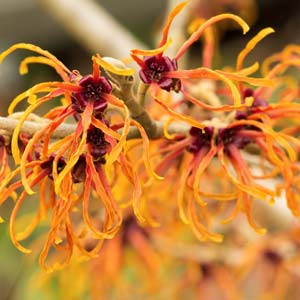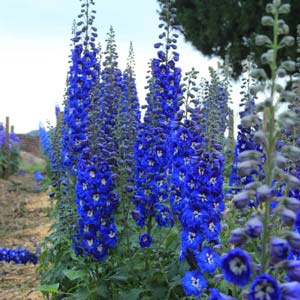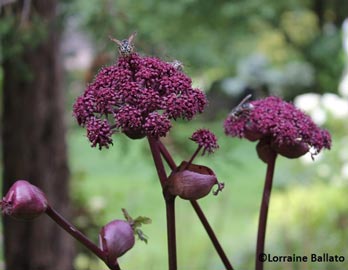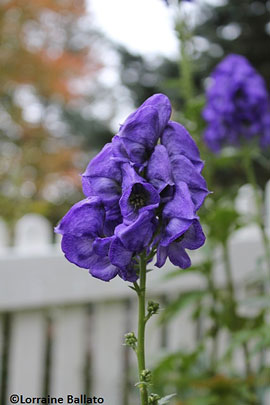Drama queens in the garden? And not the movie theater, or on a stage? Absolutely! How else would you describe those stunning plants that stop us dead in our tracks? Those wonderful specimens that either by their stature, form, fragrance, or color immediately grab our attention? Their power is far greater than their companion plants, making us decide that they are a “must have” plant. And this, despite the fact that the garden is already jammed and we have no idea where to put it, no less if it can survive in our particular environment.
 Witch hazel in winter
Witch hazel in winter
© Thinkstock
In the world of garden design, these queens are indeed necessary. Not for the faint of heart, they bring a garden to life and inject it with a bit of energy. In the right hands, they can transform a ho-hum landscape into something that literally takes your breath away. Wise garden designers plan for a few of these (mostly in mass plantings) throughout the season, since too many impactful plants can create a discordant feel to the garden.
The use of drama queens in gardens can be overdone and as in life, competing queens are not a good thing. You need to choose wisely and ensure that you get the look you want and spread it across the season, not just in June or July. Herewith, a few for your consideration.
 Delphinium 'Cobalt Dreams'
Delphinium 'Cobalt Dreams'
© Walters Gardens
Early season attention-getters are the witch hazels (hamamelis) which can bloom as early as February in a mild winter, and star magnolias (Magnolia stellata). Underplant them with hyacinths and tulips – the short ones for early bloom and the tall ones for May - and you have an oasis of color, fragrance and pure delight for nearly 3 months. Fertilize these early blooming stars with an all-purpose plant food after they have finished blooming.
 Angelica
Angelica
© Lorraine Ballato
A mass planting of peonies for June with deep blue Siberian irises are show stoppers. Alternatively, some really fragrant roses in deep reds and bicolors can give the garden a hefty June boost.
Have you ever seen a well-grown delphinium that you didn’t want to call your own? Their breathtaking color and stature - especially when planted in large groups - can completely astound you. The same can be said about oriental lilies: that heady fragrance coupled with every color except blue make them irresistible. Fertilize these summer beauties in spring as they break dormancy with and all-purpose plant food.
 Hibiscus
Hibiscus
© Lorraine Ballato
Later in the season, the sight of a deep purple-berried shade tolerant Beautyberry shrub (Callicarpa dichotoma) planted among a group of fragrant summersweet (Clethra alnifolia) will surely demand a lengthy stop. That same shady garden would handle a cluster of Angelica gigas, a deep purple 6 to 8-foot-tall shade tolerant biennial beloved by honeybees. Late Season show stoppers benefit from both an early and mid-summer fertilization with an all-purpose plant food.
 Aconitum
Aconitum
© Lorraine Ballato
If you’ve never seen a hardy hibiscus (Hibiscus moscheutos) in flower in late July and August, be sure to seek one out. The vigor of this perennial is nothing short of amazing, as it breaks dormancy late and then shoots up like a rocket ship. 'Lord Baltimore' is just one example with showy dinnerplate-size deep red flowers ten inches across. Others come in deep rose, swirls and soft pinks, some with deeply dissected russet foliage. Talk about an attention-getter!
An underused perennial you should seek out for a tall deep blue splash of deer-resistant late September color – in shade no less – is monkshood (Aconitum). Again, a group planting will make the best statement and provide your own pleasure as you work in your fall garden.
Start small with these queens if you can control yourself.
By Lorraine Ballato, Garden writer and author